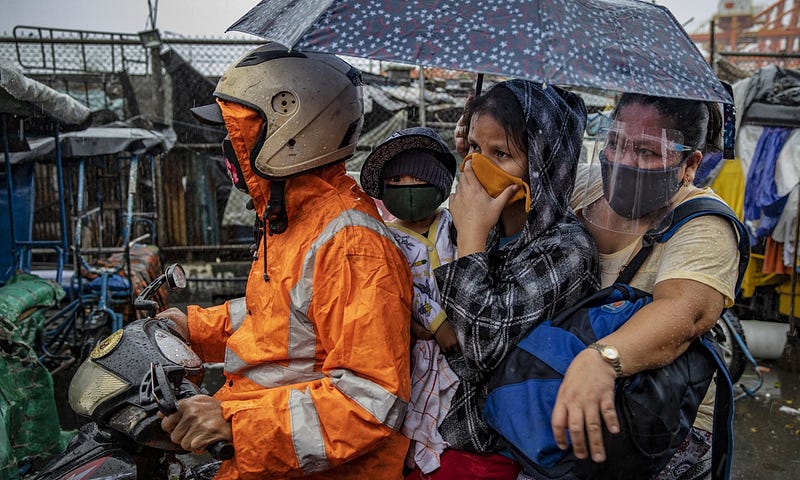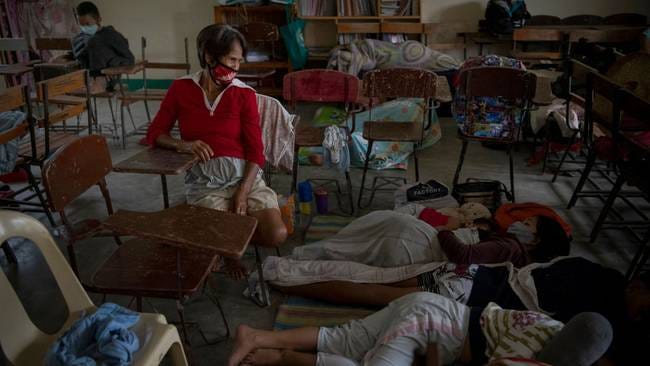Typhoon Goni
Date Posted: 02/11/2020

At 04:50PHST on Sunday the 1st November, Super-Typhoon Goni made landfall at Catanduanes island in the Philippines. Goni, known locally as Rolly, brought storm surges, flash floods, power outages and blown-off roofs in her path of destruction. It reported that at least ten people have consequently died.
The devastating typhoon is said to have sustained winds of 215 km/h (133 mph) and gusts of 290 km/h (180 mph). Being the most powerful storm to hit the country since Typhoon Haiyan, Goni has evoked bad memories for many. Haiyan left 7,300 people dead and missing as well as displacing more than five million.
Due to its geographical location, the Philippines is prone to tropical cyclones. Cyclones can produce heavy rain and flooding of large areas as well as strong winds. These natural disasters can often result in casualties to human life and destructions of crops, homes and even entire villages.
The years most powerful storm saw Manilas main airport shut down for 24 hours from Sunday to Monday and saw dozens of international and domestic flights cancelled. The military and national police, along with the coastguard and firefighters were put on full alert.
As well as making its way towards densely populated regions such as Manila, Goni soaked provinces still recovering from a typhoon one week ago with at least 22 fatalities.

“This 19 million already includes the populations in danger zones for landslides, flooding, storm surges and even a lava flow,” said Mark Timbal of the Philippines’ national disaster agency.
Before the disaster, the government evacuated 350,000 people into emergency shelters, schools and government buildings. The typhoon preparations have strained government resources even more during the current COVID-19 pandemic.
The government opened more emergency shelters to avoid the risk of spreading the virus, which currently sees upwards of 1500 infections per day. It is reported the government moved 1,000 Covid-19 patients to hospitals and hotels from tent quarantine and treatment centres in the capital and the northern province of Bulacan.
Due to another typhoon, Atsani, it is said that displaced villagers may have to stay longer in evacuation centres even after Goni passes. The national weather agency warned that Atsani might follow in Goni’s footsteps.
We, at HelperFirst, are sending our love and prayers to all those affected by this awful natural disaster.

Links:
- https://www.theguardian.com/world/2020/nov/01/typhoon-goni-hits-philippines-with-nearly-one-million-evacuated-from-its-path
- https://www.bbc.co.uk/news/world-asia-54759868
- https://www.nytimes.com/2020/11/01/world/asia/typhoon-goni-philippines-manila.html


